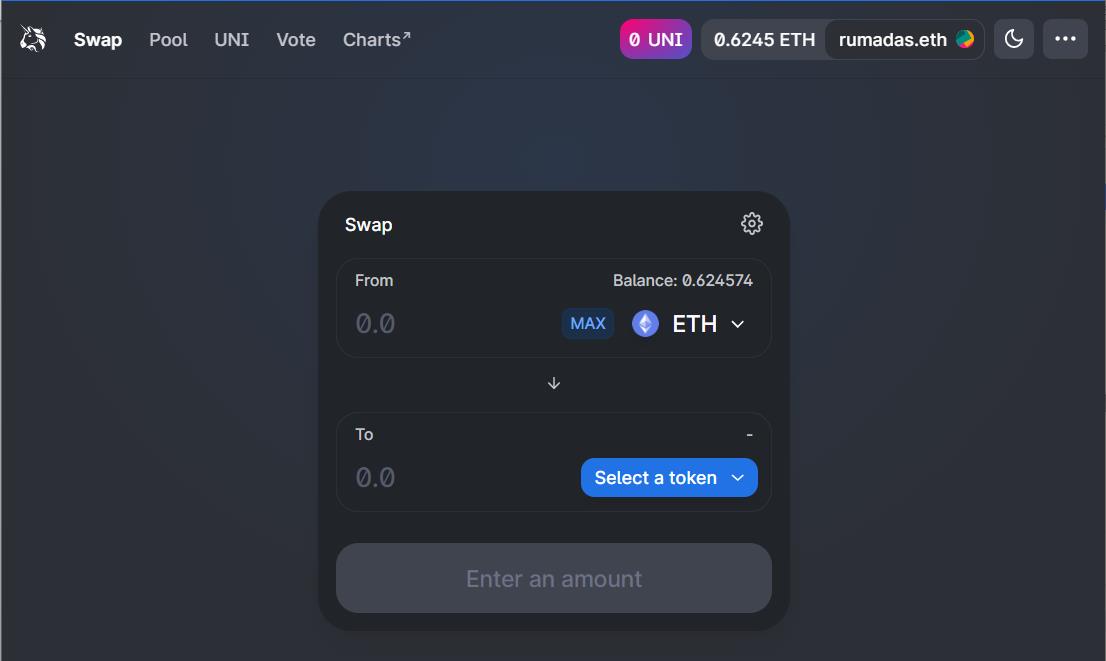eth address analysis A Deep Dive into Ethereum Insights
With eth address analysis gaining traction, we invite you to explore an intriguing intersection of technology and finance that unveils the complexities of Ethereum. This analysis not only demystifies the structure and format of Ethereum addresses but also highlights the critical role of public and private keys in securing transactions.
Understanding the differences between Externally Owned Accounts and Contract Accounts can enhance your grasp of how transactions operate on the blockchain. By examining the patterns and activities of these addresses, you can gain valuable insights into transaction monitoring, security measures, and the overall transparency of the Ethereum network.
Overview of Ethereum Addresses
Ethereum addresses are fundamental components of the Ethereum blockchain ecosystem, acting as unique identifiers for accounts on the network. These addresses are typically represented as hexadecimal strings consisting of 40 characters, which follow the format of a 20-byte (160-bit) hash derived from the public key. Each address starts with ‘0x’ to signify that it is a hexadecimal value. Understanding the structure of these addresses is crucial for navigating transactions and interactions within the Ethereum network.
The significance of public and private keys cannot be overstated in the context of Ethereum. The public key is used to generate the Ethereum address and can be shared freely, while the private key is a secret that grants access to the associated Ethereum account. If someone gains access to the private key, they can control the corresponding funds, emphasizing the importance of keeping it secure.
For example, Externally Owned Accounts (EOAs) are controlled by private keys, while Contract Accounts, which represent smart contracts, are controlled by the contract’s code. Each of these types plays a distinct role in how Ethereum functions.
Importance of Address Analysis in Blockchain

Analyzing Ethereum addresses is crucial for maintaining the integrity and security of transactions on the blockchain. Address examination allows for effective transaction monitoring, enabling users to trace the flow of funds and verify the legitimacy of transactions. This practice helps in identifying suspicious activities, providing a layer of security for all parties involved.
Tracking address activity offers several benefits, particularly in the realm of security and fraud prevention. By observing patterns in transactions, users can detect anomalies that may indicate fraudulent behavior or potential scams. Additionally, address analysis contributes to network transparency, reassuring users about the accountability and traceability of transactions.
Tools and Techniques for Address Examination
Various tools are available for analyzing Ethereum addresses, each with unique features designed to assist users in their analysis. Some of the popular tools include:
- Etherscan: A blockchain explorer that allows users to search for any Ethereum transaction and address, providing detailed transaction histories.
- Ethplorer: This tool offers insights into token balances and transaction history for Ethereum addresses, making it useful for monitoring token activity.
- MyCrypto: A user-friendly interface that enables users to manage their Ethereum accounts and analyze address activity.
To effectively utilize a specific tool for address analysis, follow these steps:
- Navigate to the website of your chosen tool, such as Etherscan.
- Enter the Ethereum address you wish to analyze in the search bar.
- Review the displayed transaction history, balances, and other relevant details.
- Use filters to view specific types of transactions, such as incoming or outgoing transfers.
A comparison table of various tools based on functionality, ease of use, and pricing can be helpful for users selecting the best tool for their needs:
| Tool | Functionality | Ease of Use | Pricing |
|---|---|---|---|
| Etherscan | Transaction history, address tracking | Very User-Friendly | Free |
| Ethplorer | Token tracking, transaction details | User-Friendly | Free |
| MyCrypto | Account management, transaction signing | Moderate | Free |
Understanding Address Activity Patterns
Common activity patterns associated with Ethereum addresses can provide valuable insights into user behavior and transaction legitimacy. Frequent small transactions may indicate regular trading or usage, whereas large, infrequent transactions could suggest investment or fund transfers.
Interpreting transaction histories is essential for identifying significant events. For instance, sudden spikes in transaction volume could indicate market activity or the launch of a new token. Conversely, patterns that show rapid movement of funds between addresses may raise red flags, signaling potential scams or laundering activities.
Examples of transactions indicating potential scams include:
- Transfers to unknown or newly created addresses with no prior activity.
- Large withdrawals followed by immediate deposits to other addresses without justification.
Security Implications of Ethereum Address Management
The risks associated with compromised private keys can result in the loss of funds, making it imperative for users to understand the importance of secure key management. If a private key is exposed, malicious actors can easily access and deplete the associated account.
To safeguard Ethereum addresses and keys, several best practices should be followed:
- Store private keys in a secure hardware wallet rather than online wallets.
- Enable two-factor authentication (2FA) where possible.
- Regularly back up wallet information in a secure location.
In case of a lost Ethereum address, the following procedural guide can assist in recovering access securely:
- Check all backup locations for any saved wallet files or recovery phrases.
- Use a recovery tool or software compatible with your wallet format.
- If recovery is unsuccessful, consider reaching out to wallet support for additional recovery options.
Real-World Applications of Address Analysis
Address analysis has led to significant findings within the Ethereum ecosystem, particularly in identifying fraudulent activities. Case studies reveal instances where suspicious patterns led to investigations, resulting in the recovery of stolen funds or the shutdown of scam operations.
Businesses leverage address analysis for various purposes, including marketing research and customer behavior tracking. By analyzing transaction patterns, companies can gain insights into customer preferences and spending habits, enhancing their marketing strategies.
Industries that benefit from Ethereum address examination include finance, insurance, and supply chain management, where traceability and transaction integrity are critical for operational success.
Future Trends in Ethereum Address Analysis

Emerging trends in blockchain technology are poised to impact address analysis significantly. As the blockchain landscape evolves, enhanced analytics capabilities will become increasingly important for security and compliance.
Artificial intelligence and machine learning are set to enhance address examination processes. These technologies can identify patterns and anomalies more efficiently than traditional methods, allowing for real-time detection of fraudulent activities.
Potential regulatory changes may also influence address analysis practices. Governments worldwide are exploring frameworks to regulate cryptocurrencies more effectively, which could lead to new compliance requirements for blockchain analysis tools and practices.
Summary

In conclusion, eth address analysis serves as a profound tool for understanding the dynamics of Ethereum. Whether you’re a developer, a business owner, or simply an enthusiast, leveraging address analysis can empower you to navigate the blockchain landscape more effectively, ensuring better security and insight into potential risks and opportunities.
Clarifying Questions
What is an Ethereum address?
An Ethereum address is a unique identifier that allows users to send and receive transactions on the Ethereum blockchain.
How do I keep my Ethereum address secure?
To secure your Ethereum address, use strong passwords, enable two-factor authentication, and store your private keys in a safe place.
What tools can I use for eth address analysis?
Popular tools include Etherscan, Ethplorer, and MyEtherWallet, each offering various features for tracking and analyzing transaction activity.
Can I recover a lost Ethereum address?
If you lose access to your Ethereum address, recovery is complex and often impossible without your private keys, which underscores the importance of safeguarding them.
How does address analysis help in fraud prevention?
Address analysis helps identify unusual patterns in transactions, allowing users and authorities to detect and prevent fraudulent activities effectively.



